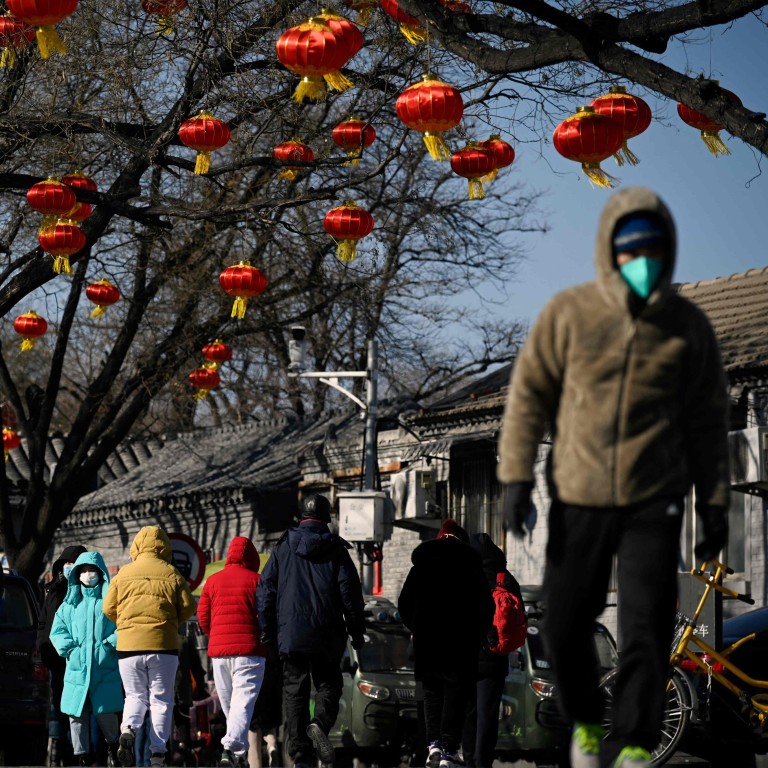
Over 90 per cent of people in Beijing will have had Covid by the end of January, HKU study estimates
- Reproduction rate of Omicron variant BF.7 found to have jumped to 3.44 in November – meaning one person with the virus could infect 3.44 others
- Researchers say surveillance programmes are needed to monitor spread of the coronavirus and more work should be done to track its transmissibility
About 76 per cent of people in Beijing had contracted Covid-19 as of December 22 and it was expected to reach 92 per cent by January 31, according to the HKU study, published in the peer-reviewed journal Nature Medicine on January 13.
The authorities released 20 measures on November 11 to optimise pandemic control, including restricting the scope of testing, reducing the quarantine period for inbound travellers, and simplifying risk classifications from three levels to two.
On December 7, mass testing, lockdowns and centralised quarantine were scrapped, with people who have no or mild symptoms allowed to isolate at home.
There was a surge in cases across the country after the policy changes. The study estimates that the reproduction rate jumped from 1.04 on November 11 to 3.44 a week later – meaning that one person with the virus could infect 3.44 others.
How bad is China’s Covid crisis and should the rest of the world be worried?
The authors said that since regular mass testing was suspended in late November, it was difficult to assess the transmission dynamics based on the daily infections reported by health authorities.
Instead, they used a transmission model with real-time mobility statistics collected from Beijing’s subway system as well as online survey data.
They estimated that on November 30, when regular mass testing was suspended, the daily case number in Beijing was about 94,000. Their modelling showed an estimated peak of 1.03 million daily cases on December 11.
Other big cities in mainland China are likely to mirror the situation in Beijing, according to the researchers. They expected multiple infection peaks, especially given that more people were on the move after the first peak and millions have been travelling for the Lunar New Year period.
“Surveillance programmes should be rapidly set up to monitor the spread and evolution of Sars-CoV-2 infections, and further work should be done to track the transmissibility, incidence and infection rate of the epidemic,” the researchers wrote.
Xi Jinping expresses concern about Covid’s spread into China’s countryside
The HKU estimate for Beijing is in line with previous projections. Zeng Guang, a former chief scientist at the Chinese Centre for Disease Control and Prevention, told a virtual forum on December 27 that more than 80 per cent of people in Beijing had likely been infected with Covid-19.
“The first wave usually infects 30 per cent of the population, but the infection rate of Covid-19 is rising faster than expected,” Zeng said.
Last week, Guo Yanhong, head of the National Health Commission’s medical emergency department, told reporters that China had passed three peaks – for people seeking treatment at fever clinics and emergency departments, and intensive care unit admissions.
Guo said visits to fever clinics had declined after peaking on December 23, and by January 17 they were down by 94 per cent. She said the number of people with severe Covid-19 infections had peaked on January 5.
“Currently, the treatment of Covid-19 patients is steady and orderly, and regular medical services are gradually returning to normalcy,” Guo said.

